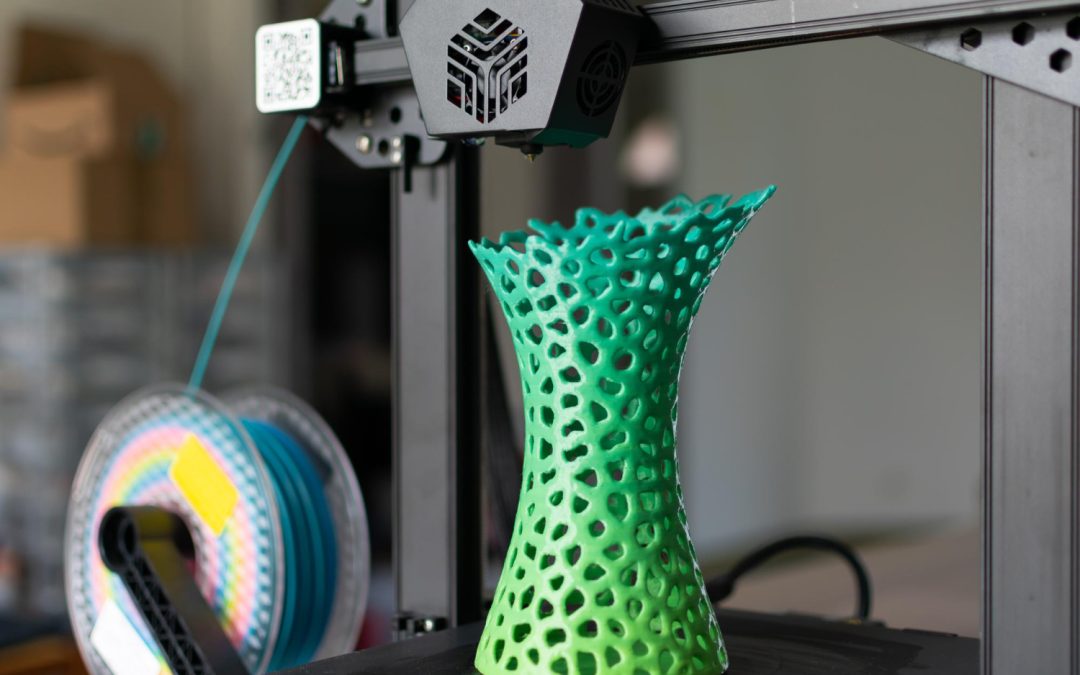When you’re sitting on a great idea, the last thing you want is to get bogged down in a six-month prototyping process. And in today’s hyper-competitive product market, speed isn’t just a perk—it’s a necessity. That’s where 3D printing really shines. It’s not just about making parts on demand; it’s about cutting development time from weeks to days, and in some cases, even hours. The Pro Design Group works with inventors, engineers, and startups who can’t afford to wait—and thanks to rapid prototyping tech, they don’t have to.
In fact, depending on your design complexity, material choice, and production volume, you can have a functional prototype in as little as 24–72 hours. That kind of turnaround used to be unheard of. Traditional mold-based methods often require tooling setup, expensive dies, and long lead times. But with additive manufacturing, you’re building layer by layer—no need to fabricate full tooling unless you’re scaling for mass production.
When Speed Meets Accuracy
Rapid prototyping doesn’t mean sacrificing precision. Advanced industrial 3D printers, like those used at The Pro Design Group, can achieve tolerances as tight as ±0.1mm. So yes, you get fast results—but also accurate ones, which is crucial for industries like aerospace, automotive, and medical product development.
Here’s why the turnaround can be so quick:
Digital design workflows eliminate the need for physical templates.
Minimal post-processing means faster assembly or testing.
Scalable production allows for multiple iterations in one print job.
This also means fewer delays in getting stakeholder approvals or securing funding. You’re not just holding a model—you’re holding proof of concept.
Whether you need one part or a dozen variations for testing, The Pro Design Group’s 3D Printing and Fast Prototyping solutions are built for momentum. And when you’re ready to scale, they can shift to Vacuum Forming, CNC Tooling & Design, or even Custom Fabrication to match your production goals. Their team also provides material recommendations, design consultation, and tight integration with Industries They Serve, from transportation to architecture.

